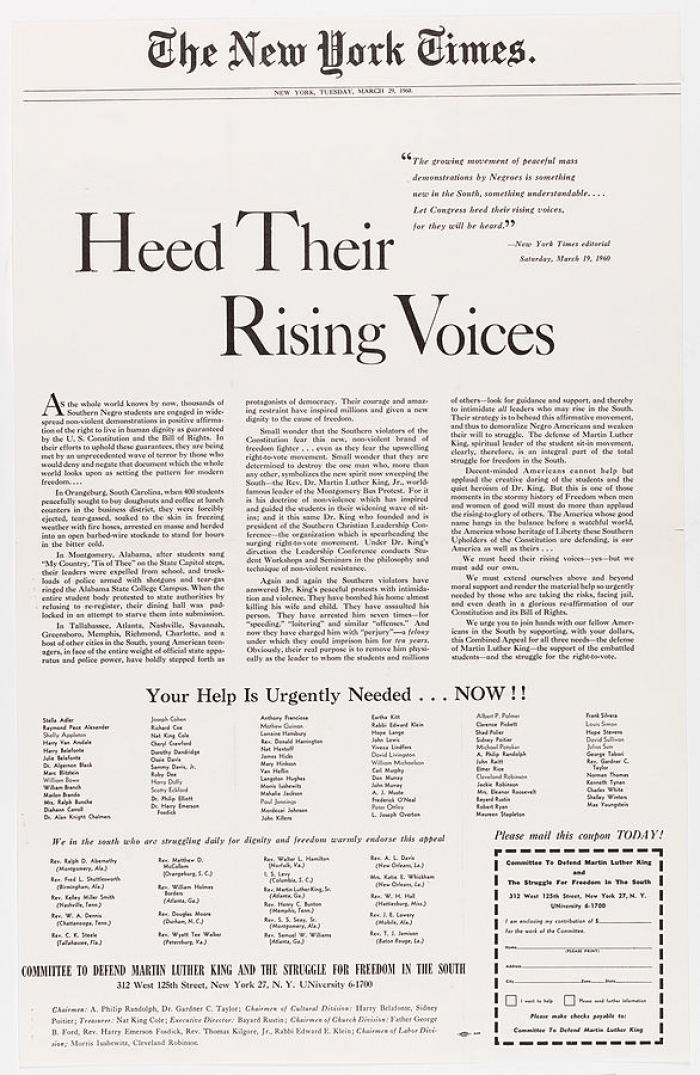The world of journalism has long been a battleground for truth and accountability, with defamation cases acting as a litmus test for the integrity of media organizations. In one such case, Sarah Palin's legal battle against The New York Times has captured public attention, highlighting the complexities involved in navigating the delicate balance between free speech and reputational harm. This high-profile lawsuit underscores the challenges faced by both journalists and public figures in maintaining transparency while safeguarding against false accusations.
As the dust settles on this prolonged legal saga, it is crucial to examine the implications of the court's decisions and what they mean for the future of journalism. With each twist and turn, the case has not only tested the limits of libel laws but also provided valuable insights into how courts interpret these laws when dealing with influential personalities. Let us delve deeper into the details surrounding Sarah Palin’s defamation case against The New York Times and its broader ramifications for press freedom and journalistic standards.
The Role of Public Figures in Defamation Cases
Public figures like Sarah Palin face unique challenges when filing defamation lawsuits due to the stringent requirements set forth under U.S. law. To succeed in such claims, plaintiffs must demonstrate that the defendant acted with actual malice, meaning they published false statements knowing them to be untrue or recklessly disregarding their veracity. This standard was established in the landmark Supreme Court decision New York Times Co. v. Sullivan and remains a cornerstone of modern libel law.
In Palin's case, proving actual malice proved particularly difficult given her status as a prominent political figure whose words often attract intense scrutiny. Her initial lawsuit alleged that an editorial linking her rhetoric to an act of violence constituted defamation. However, demonstrating that The New York Times intentionally misled readers about her involvement required presenting compelling evidence capable of convincing both judge and jury.
Despite these hurdles, Palin persisted in pursuing justice through multiple trials and appeals, illustrating the determination often necessary when challenging powerful media entities. Each phase of the litigation process revealed new facets of the case, shedding light on procedural errors and evidentiary considerations that ultimately influenced judicial rulings.
Judicial Oversight in Media Litigation
A key aspect of Palin's defamation case centered around judicial oversight during trial proceedings. Initially dismissed by the presiding judge before reaching a verdict, concerns arose regarding whether proper procedures were followed throughout the case. Specifically, questions lingered over whether critical evidence supporting Palin's claim had been erroneously excluded from consideration by the jury.
The Second Circuit Court of Appeals addressed these issues head-on, ruling that the original trial judge erred in dismissing the case prematurely. By reinstating Palin's lawsuit, the appellate court emphasized the importance of allowing juries to fully evaluate all available evidence before rendering decisions. Such interventions serve as reminders of the judiciary's role in ensuring fair trials, especially in complex matters involving freedom of expression.
This development underscored the significance of thorough examination within legal processes related to media disputes. It also highlighted potential pitfalls judges may encounter when managing sensitive cases where First Amendment rights intersect with individual reputations. As a result, future litigants and jurists alike can benefit from lessons learned throughout Palin's journey through the courts.
Implications for Journalism and Free Speech
Ultimately, Sarah Palin's defamation case against The New York Times carries profound implications for journalism and free speech. While the newspaper emerged victorious after a second trial, the protracted legal battle demonstrated the vulnerability of even reputable outlets to allegations of misconduct. For journalists striving to uphold ethical standards amidst mounting pressures, this experience serves as both cautionary tale and opportunity for reflection.
Moreover, the case reinforced the necessity of robust protections for press freedom enshrined in constitutional principles. Balancing competing interests between protecting individuals' reputations and preserving open discourse demands careful consideration of contextual factors influencing public perception. Through rigorous adherence to professional guidelines and transparent practices, media organizations can mitigate risks associated with publishing contentious content.
Looking ahead, continued dialogue among stakeholders—including lawmakers, academics, practitioners, and citizens—is essential to fostering environments conducive to responsible journalism. By learning from past experiences like Palin's defamation suit, society can better navigate evolving landscapes shaped by technological advancements and shifting societal norms, ensuring enduring commitment to truth-seeking endeavors across all forms of communication platforms.

